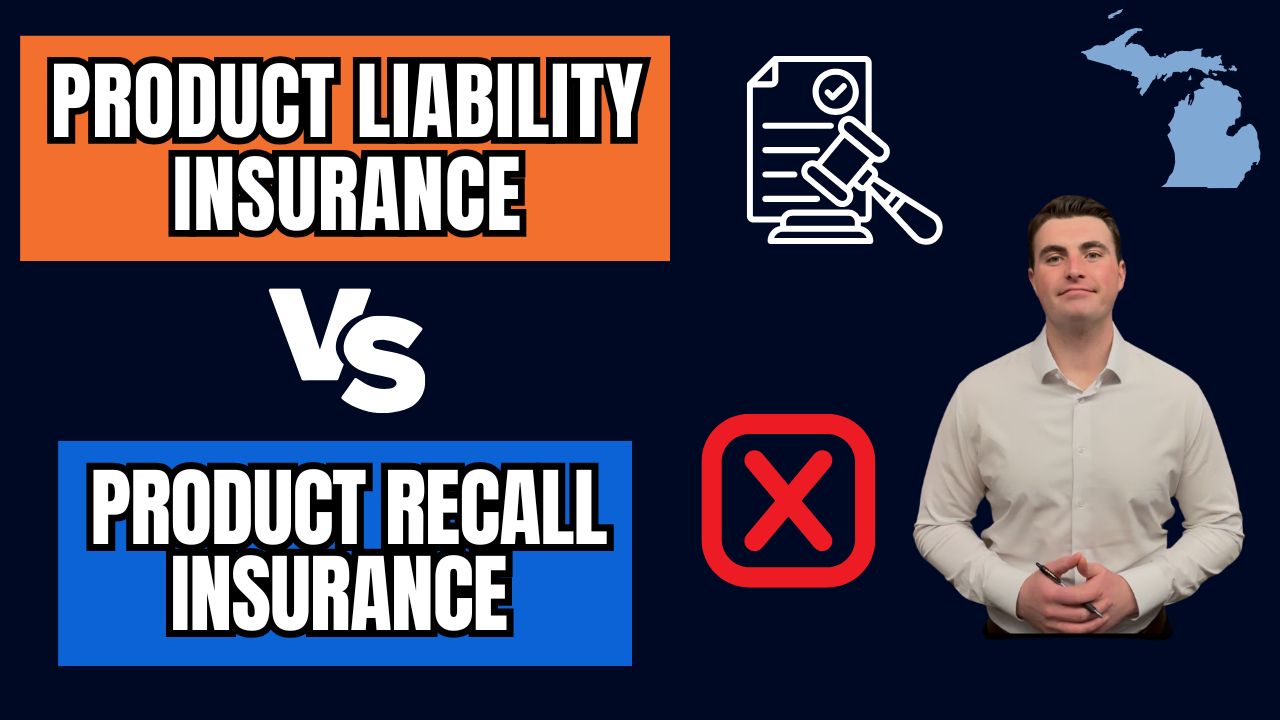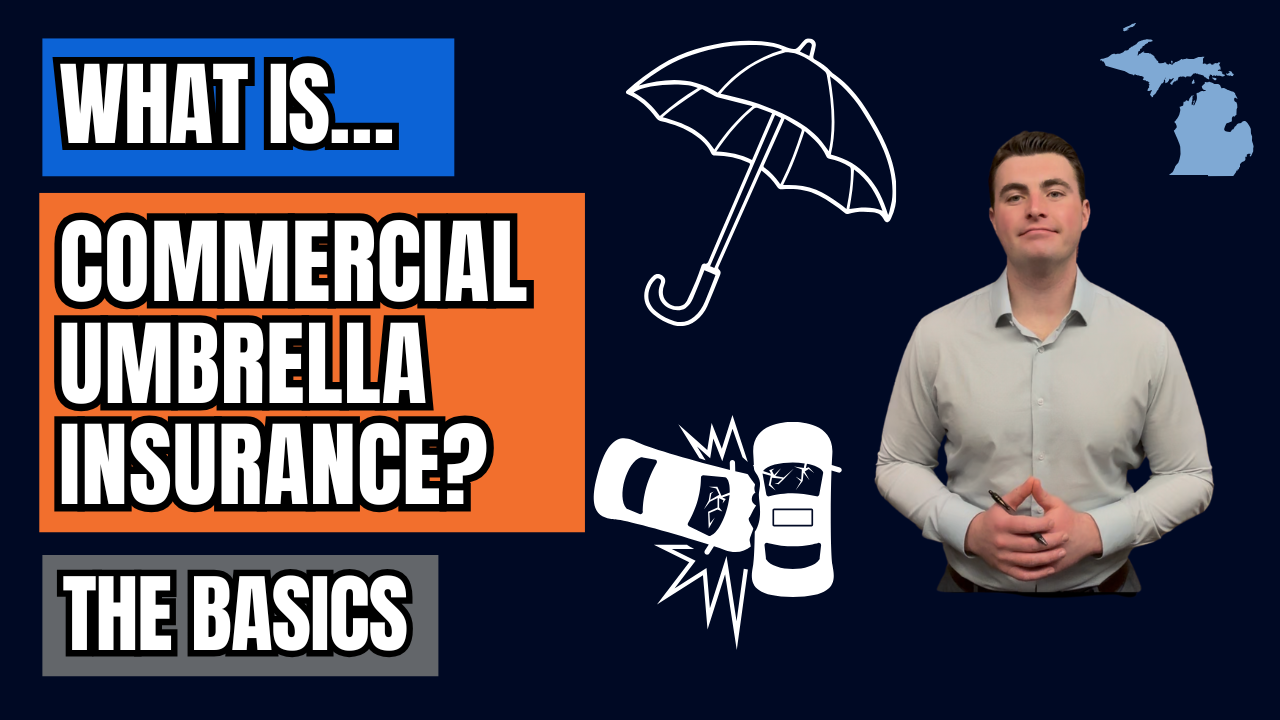What Is Social Engineering Coverage in Cyber Liability Insurance? (Complete Guide)
What Is Social Engineering Coverage in Cyber Liability Insurance? (Complete Guide)
Introduction
Social engineering attacks are one of the fastest-growing cyber threats facing businesses today. Criminals don’t always hack systems with code—they often manipulate people. That’s where social engineering coverage under a cyber liability insurance policy comes in.
If your business is tricked into transferring funds, revealing sensitive information, or granting access to your systems, this coverage can protect you from devastating financial loss. Let’s break down what social engineering is, how these scams work, and why having the right coverage is critical.
What Is Social Engineering?
Social engineering happens when a criminal manipulates or deceives someone inside your business into making a costly mistake. Instead of breaking into your systems, they exploit human trust.
Common examples include:
- Phishing emails disguised as vendors, clients, or even executives.
- Fake phone calls impersonating banks or business partners.
- CEO fraud, where an attacker pretends to be your company leader requesting a wire transfer.
These scams are becoming more sophisticated, making it harder for employees to spot them.
Why Does Social Engineering Matter to Your Business?
The financial fallout can be huge. Imagine getting an email that looks exactly like it’s from your CEO, asking you to wire money to a “vendor.” You send the funds, only to find out it was a scam—and now those funds are gone.
Unlike ransomware or data breaches, these losses aren’t always automatically covered under standard cyber liability policies. That’s why specific social engineering coverage is so important.
How Social Engineering Coverage Works in Cyber Liability Policies
While most cyber liability policies cover events like ransomware attacks or data breaches, social engineering is considered a separate risk.
Key points to know:
- Coverage often needs to be added as an endorsement to your policy.
- Look for endorsements labeled “Funds Transfer Fraud” or “Social Engineering Fraud.”
- The coverage reimburses your business for financial losses caused by employee mistakes made under fraudulent instructions.
Limits and Sublimits You Need to Watch
One of the most overlooked aspects of social engineering coverage is how it’s limited:
- Many insurers set sublimits (much lower than your policy’s main aggregate limit).
- For example, your cyber policy might have a $1 million limit overall, but only $100,000 for social engineering fraud.
- To avoid being underinsured, make sure your limits align with your exposure and, if possible, match your aggregate limit.
Why Every Business Needs This Coverage
Social engineering attacks are rising every year, and even small businesses are prime targets. Criminals know that a single well-crafted phishing email can result in thousands—or even millions—of dollars lost.
Having the right social engineering coverage ensures that if your team makes a mistake, your business isn’t left footing the entire bill.
Final Thoughts
Cyber criminals don’t just exploit technology—they exploit people. That’s why social engineering coverage in your cyber liability insurance policy is essential.
If you’re unsure whether your current policy includes this protection, review your endorsements and limits. Don’t wait until after a scam occurs to find out you’re not covered.
Contact Us
We will get back to you as soon as possible.
Please try again later.









